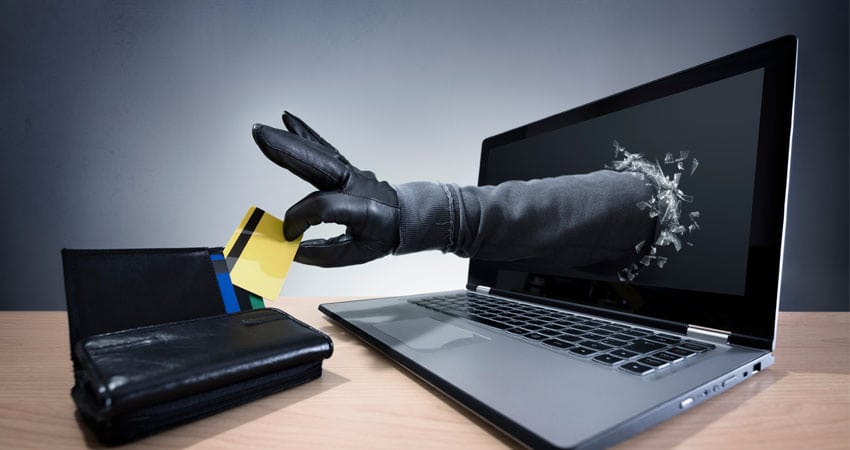Being an ecommerce business comes with its own set of unique challenges. For one, it’s very difficult to validate a real customer, and you can also face a lot of issues that come with unauthorized transactions—such as resulting chargebacks, which can cause even more financial loss.
Receiving a fraud chargeback notification can feel like a punch to the gut. And since credit card companies have put the onus on online merchants to ensure that orders have been placed by cardholders, it is incumbent on them to educate themselves on how to spot fraudulent transactions.
Here are seven tips that can help you detect online fraud:
Use Address Verification Service (AVS)
Address Verification Service is an automated fraud prevention system designed to reduce the risk of fraudulent transactions. AVS compares the billing address supplied by the customer when they checkout to the address the issuing bank has on file. An AVS mismatch may be a sign of fraud, since the criminal might have limited access to the cardholder’s personal information and be unable to provide an exact match. While an AVS mismatch does not guarantee an order is fraudulent, it is an indicator that you need to take a better look at the other risk factors on the order.
Location, Location, Location
The transactions that are the most secure are those where the shipping address, billing address and IP address are all very close to each other. Transactions that show long distances between these different addresses should be scrutinized more carefully.
Shipping Destination
Fraudsters need a way to get their stolen goods and will often ship the products to addresses other than the billing address. Orders with different billing and shipping addresses are at a much higher risk for fraud. If the destination of the goods is a freight forwarding company or even a re-shipper, that is a very big red flag.
Use of IP Proxies
Fraudsters often try to mask their IP Address, so you cannot see that they are placing the order from a different state or country. Utilize technology that can tell you whether the IP address is legitimate.
Google is Your Friend
When faced with an order that appears to be high-risk, finding the customer online with an active social media account can lessen the risk of fraud. You can also find a treasure trove of public records that can help you feel more comfortable about shipping an order with elevated risk.
Email Addresses Tell You More
Fraudsters usually use free email addresses that are easy to create and use once. Emails coming from domains like Gmail and Yahoo are riskier than emails from a business domain. Using a third-party service can give you more data on the email address, such as longevity.
Look Out for Patterns
If you see multiple failed purchase attempts in succession with different card numbers, the likelihood of a non-fraudulent transaction coming from that batch is slim. Also, once a fraudster is successful, they will try again. Be sure to blacklist the phone, email, IP address and billing address of the fraudster so they are not successful on subsequent attempts.
There are many companies with dedicated fraud prevention staff that can review all high-risk transactions. No matter the size of your business, or what method you choose, every company that sells goods or services online should have some fraud prevention strategy in place. You don’t want to learn the hard way.
Prevention of fraud—as well as the chargebacks that come with them—is crucial to operating a financially healthy business in today’s day and age.
Download your copy of An Introductory Guide to E-commerce Fraud Prevention, which covers five main types of fraud—true fraud, friendly fraud, phishing (account takeover fraud), refund fraud and card testing—and provides effective tools and strategies to combat each of them.
Srii Srinivasan is the Chief Executive Officer and co-founder of Chargeback Gurus.

